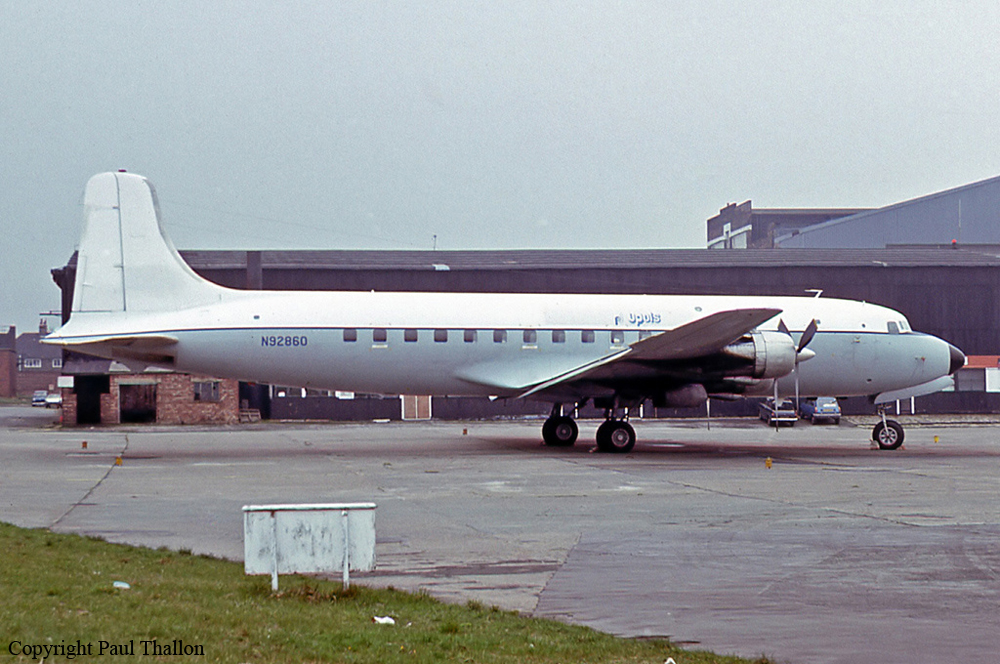Crash of a Cessna 340A in Chandler
Date & Time:
Jun 1, 2007 at 1600 LT
Registration:
N8688K
Survivors:
Yes
Schedule:
Chandler - Chandler
MSN:
340A-0619
YOM:
1978
Crew on board:
1
Crew fatalities:
Pax on board:
0
Pax fatalities:
Other fatalities:
Total fatalities:
0
Captain / Total hours on type:
62.00
Aircraft flight hours:
4790
Circumstances:
While on downwind the airplane experienced a loss of engine power and collided with houses and other obstacles during a forced landing on a residential neighborhood street. The pilot stated that he took off to troubleshoot a landing gear anomaly. He departed the airport area to the south. He cycled the landing gear and upon getting questionable indications in the cockpit of gear position he requested another aircraft confirm his landing gear configuration. Once he got the confirmation that all three wheels were down he proceeded back to the airport. About 2 miles away and approximately 1,800 feet agl the right engine began to lose power. He troubleshot the engine by attempting a restart, cycling the fuel pump off then on, and selected the right auxiliary fuel tank. The right engine did regain some power. He had lost some altitude during the process of troubleshooting the engine. He raised the landing gear to reduce drag, and entered right hand traffic for runway 17. At this point the left engine lost power, the airplane turned left, and he entered a descent to help maintain airspeed. He put the left propeller in feather, and switched to a new fuel tank, but the engine did not regain power. He did not have any altitude to exchange for airspeed and steered the airplane towards a clear residential street. The airplane impacted the roofs of at least two houses before colliding with the street. The pilot egressed through the rear of the airplane. An FAA inspector that examined the airplane wreckage stated that there was very little evidence of fuel onboard the airplane. The pilot stated that the left engine had failed due to fuel starvation and that he had fuel onboard but it was not in the right places.
Probable cause:
Fuel starvation due to the pilot's failure to adequately manage and monitor his fuel supply.
Final Report:



